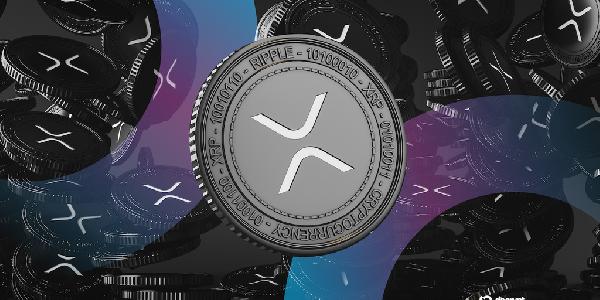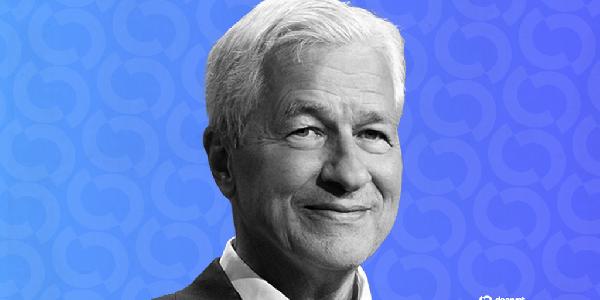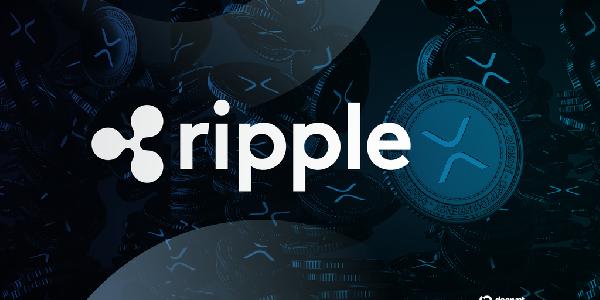Less than a month after the Pectra Upgrade, the Ethereum Foundation believes that the world’s second-largest crypto, both as a technology and as an ecosystem, is approaching major breakthroughs with higher stakes for a broader audience.
Yet those stakes could be at risk if the people steering it are entrenched in what it calls a messy process: shipping protocol.
"We must rethink our current approach to designing, developing, and stewarding the protocol," the foundation wrote Monday, announcing the restructuring of its Protocol Research & Development teams.
The move is set to consolidate development efforts under a new "Protocol" division, focusing on three immediate goals. The foundation touts the move as a way to "respond proactively" to demands that it claims are "hard to articulate and even harder to fulfill."
The overhaul divides teams into three initiatives: scaling the main blockchain (Layer 1), scaling blobs for data storage, and improving the user experience.
Each initiative is assigned dedicated leadership: Tim Beiko and Ansgar Dietrichs are responsible for L1 scaling, Alex Stokes and Francesco D‘Amato will oversee blob scaling, while Barnabé Monnot and Josh Rudolf are tasked with improving user experience.
But not everyone is staying and making the cut for Protocol. Some members "won‘t be continuing with the Ethereum Foundation," it said, while encouraging ecosystem projects to recruit departing talent.
Decrypt reached out to the Ethereum Foundation to learn more.
Strategic roles
The three teams will be supported by Dankrad Feist, a prominent researcher and cryptographer renowned for "Danksharding," a blockchain optimization process named after him. Feist will work as strategic advisor to all tracks.
Last year, Feist was involved in a conflict of interest controversy, when he, alongside fellow core developer Justin Drake, confirmed they received tokens for their advisory relationship with EigenLayer, a restaking protocol for Ethereum.
“It is clear that relying on culture and individual judgment has not been sufficient, and we have been working on a formal policy to address this," Aya Miyaguchi, the foundation‘s former Executive Director, said at the time.
Still, the Ethereum Foundation‘s efforts at restructuring with Protocol aim to bridge a perceived gap between research and actual implementation.
Previous upgrades, such as Pectra, faced several hurdles: testnet failures earlier this year delayed the rollout by weeks as developers scrambled to patch bugs.
Now, through Protocol, the foundation is attempting to show "the world is ready for the world computer."
Edited by Sebastian Sinclair
Your Email










